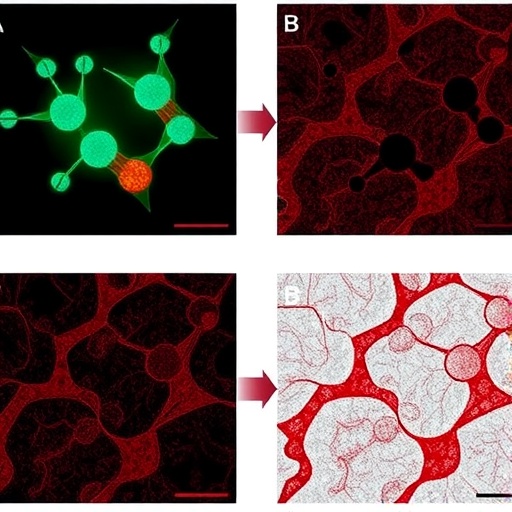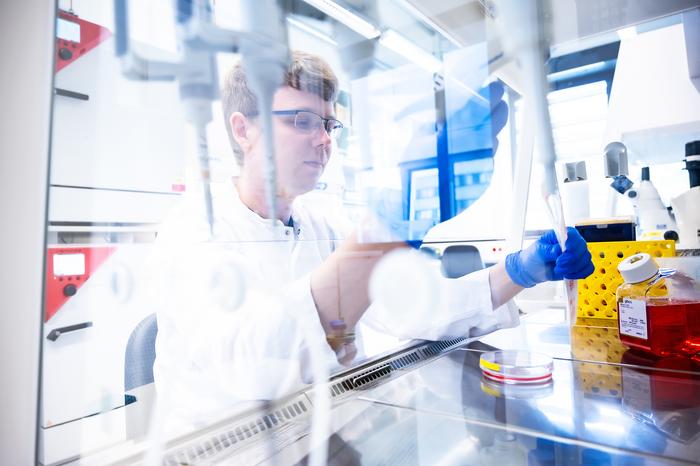As in an arms race plants constantly develop new toxic compounds to protect themselves against herbivores and diseases – and as in war, mobility is important. Therefore, plants evolved transport proteins to efficiently and timely concentrate toxic defense compounds where they are needed the most.
"It's an exciting discovery because it's often assumed that evolution is guided by what gives the organism an advantage. Why then were these transporters maintained during evolution when the compounds they move had not yet emerged?" says Associate Professor Hussam Nour-Eldin.
Discovery spikes international interest
The scientists investigated how transport proteins evolved along with the emergence of new defense compounds. The research goal was to understand how transport proteins acquire the ability to move new toxic compounds – and what comes first in the evolution: the transport protein's ability to move a defense compound or the compound?
First-author Morten Egevang Jørgensen, says the team was surprised to find that proteins with the ability to transport new defense compounds may have evolved before the compounds had even occurred in nature.
Recently, the prestigious international life science and biomedical journal eLife published the research as the results are of great importance to our understanding of how transport proteins evolve the ability to transport new compounds.
Chicken or the egg?
The scientific question is in other words a "the chicken or the egg" challenge. Until now it was generally assumed that toxic compounds have to emerge in nature before the need to transport them arises.
However, as the research shows, transport proteins can emerge long before the compounds have seen daylight.
Jørgensen explains that it might be that the earliest transport proteins are able to move several different toxic compounds (including some that does not yet exist in nature) and only later – when the new toxic compounds have emerged in nature – do the transport proteins emerge that specifically are responsible for transporting the new toxic compounds.
"Now we seek to understand how these transport proteins have been able to survive the natural selection until their compounds emerge," continues Nour-Eldin.
1 billion people may get a non-toxic cassava tuber to eat
The results are not only exciting to those interested by basic research and evolution.
The study has also generated valuable knowledge on how crops containing toxic compounds in edible parts could be made healthier.
During the research, the scientists succeeded in identifying the proteins responsible for transporting the toxic compounds in the cassava plant. Cassava is an essential source of food for up to 1 billion people but the roots contain large amounts of hydrogen cyanide.
"Now that we have identified the transport proteins that are able to move these toxic compounds we may be able to prevent accumulation of them in the edible plant roots," says Professor Barbara Ann Halkier, Head of the DynaMo Center and part of the team, and continues "In the long term, the results may improve food quality".
###
The paper Origin and evolution of transporter substrate specificity within the NPF family is published in eLife. For further reading: http://dx.doi.org/10.7554/eLife.19466.
Contact
Hussam Hassan Nour-Eldin
Associate Professor
[email protected]
+45 35 33 36 98
Barbara Ann Halkier
Professor
[email protected]
+45 35 33 33 42
Morten Egevang Jørgensen
PostDoc
[email protected]
+45 20 36 58 49
Press Officer
Nanna Birk
[email protected]
+45 35 33 16 00
Media Contact
Morten Egevang Jørgensen
[email protected]
45-20-36-58-49
http://www.science.ku.dk/english/
############
Story Source: Materials provided by Scienmag





